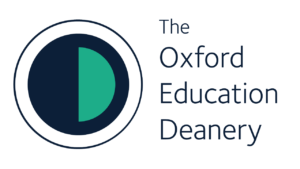In educational systems with overloaded curricula, large class sizes, overworked educators, and never enough time or resources, we are always searching for areas we can cut back on. Wouldn’t it be useful if we could simply measure if we were over- (or under-) assessing our students? Well, this pilot study attempted to do just that!
Deanery Digests are short, plain language summaries of the Department of Education’s research outputs. This Deanery Digest is based on the following: Yu, D., Swanepoel, C., Sims, D., & Anciano, F. (2023). Do assessment loads affect student success? An investigation at an Economics Department at the undergraduate level. South African Journal of Higher Education, 37(5), 237-259. https://doi.org/10.20853/37-5-5397.
What is this research about and why is it important?
What did we do?
A multi-dimensional assessment index (MAI) was developed based on a literature review on factors that may impact on ‘assessment load’ and student learning. This MAI was then tested in an undergraduate Economics degree programme (across 12 courses and 3 year levels) at a university in South Africa.
What did we find?
Our MAI consisted of:
- The total number of assessments within a course,
- The ‘size’ of assessments (total number of marks allocated to each),
- The weighting of assessments (proportional contribution to the total continuous assessment mark),
- The degree of difficulty of assessments (according to Bloom’s taxonomy)
- The frequency and scheduling patterns of assessments,
- The number of different types of assessments used within a course,
- The content coverage and repetition within assessments,
- And, whether a course had a final examination.
Overall, we found a moderate negative correlation between the MAI (i.e., a ‘high’ or ‘heavy’ assessment load) and student learning (i.e., a negative impact on pass rates) suggesting potential ‘over-assessment’. More specifically, the indicator with the strongest negative correlation with pass
rate was the ‘size’ of assessments.
What does it all mean anyway?
As interesting as these emerging findings may be, as a pilot study, we cannot make any firm conclusions at this stage. While we wish determining assessment load could be as easy as counting the total number of assessments, in reality, the varied nature (not number) or quality (not quantity) of assessments should also be taken into consideration. In the future, we hope the MAI is further developed and tested in other educational settings.

